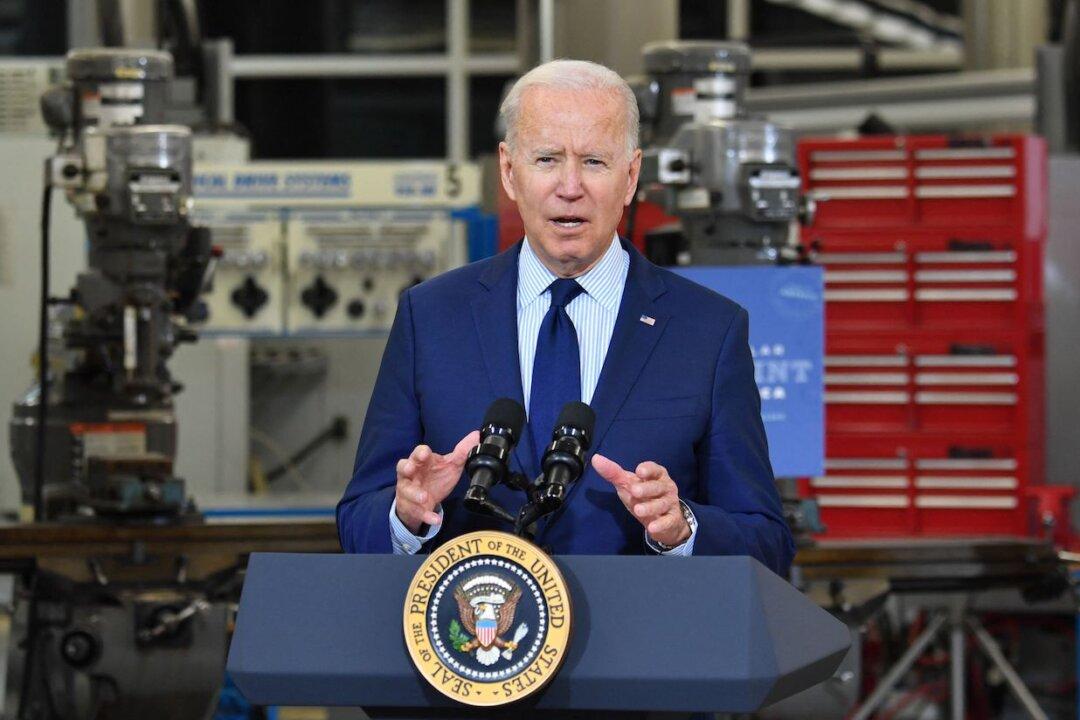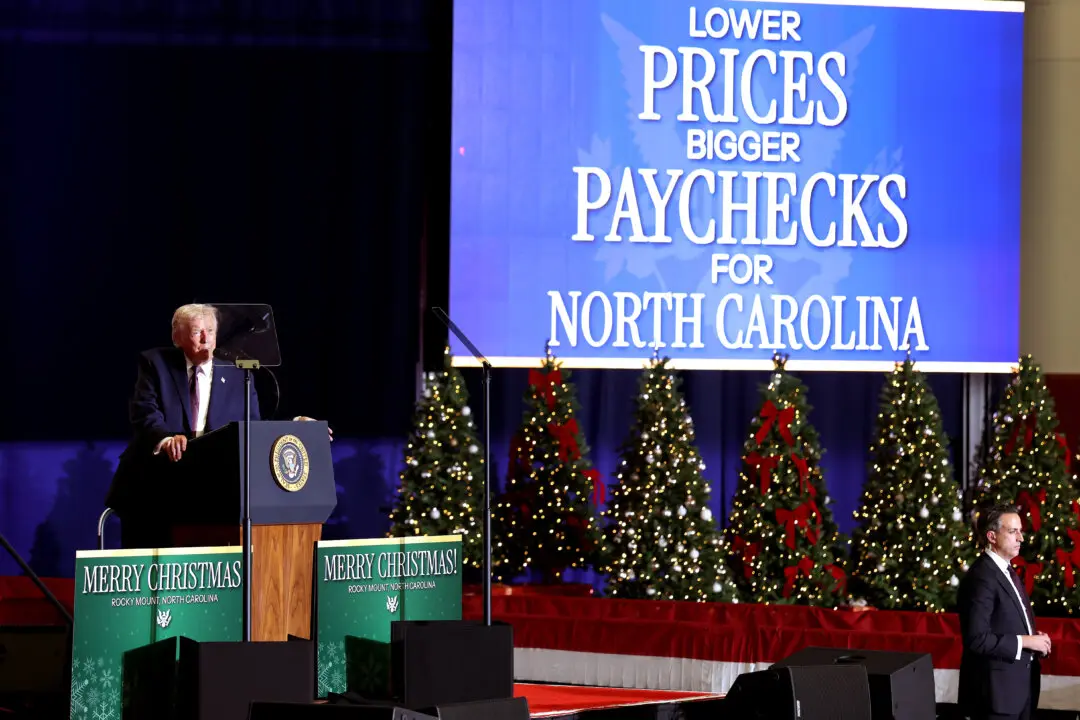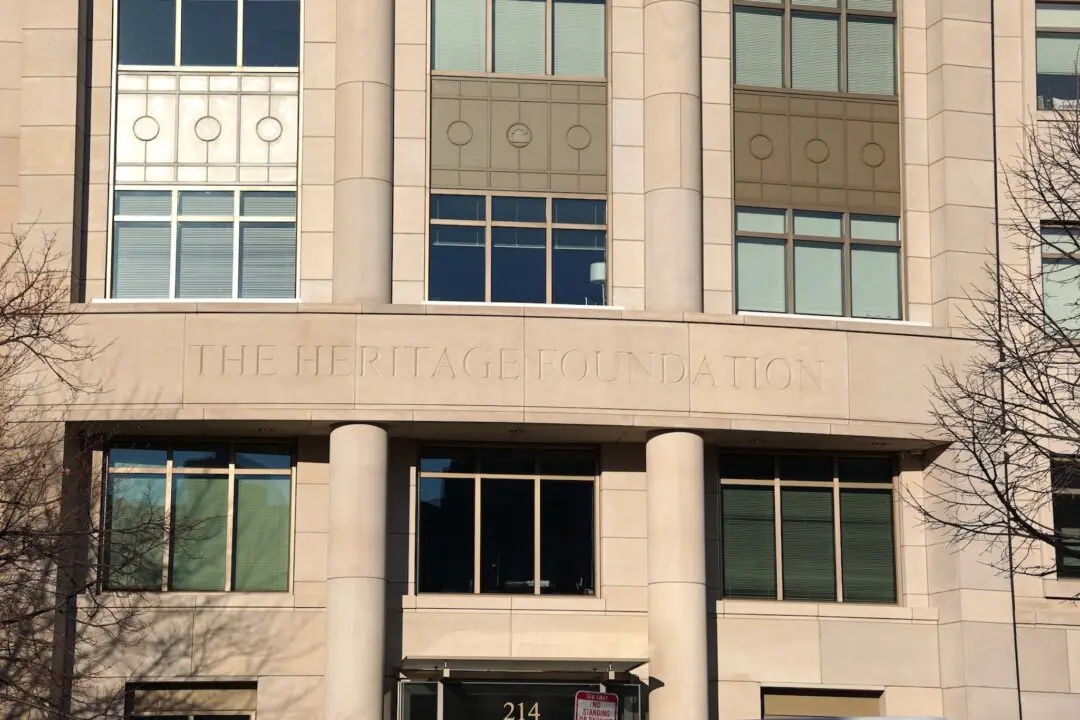WASHINGTON—President Joe Biden released on May 28 his budget proposal for next year, which showed modest economic growth projections over the next decade.
Biden’s $6 trillion budget plan for fiscal year 2022 calls for increased spending on infrastructure, education, child care, and clean energy. The significant jump in spending reflects his earlier announced infrastructure and social welfare packages—the American Jobs Plan and the American Families Plan.





